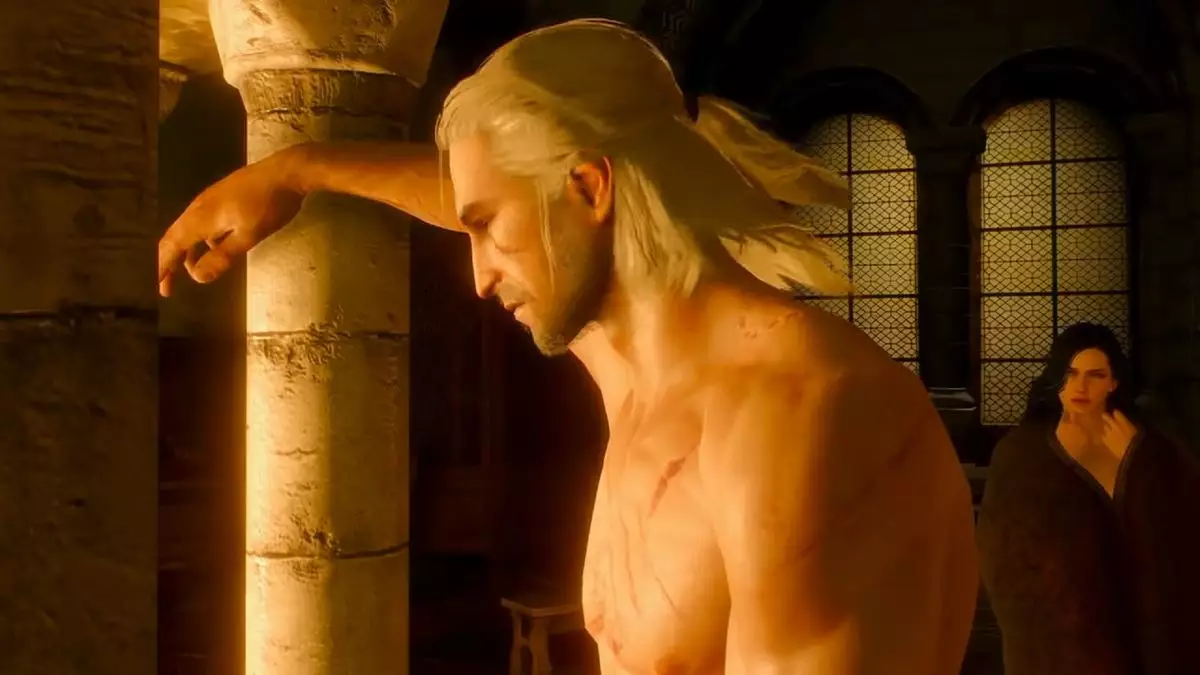The landscape of role-playing games (RPGs) has undergone significant transformations, particularly with the rise of open-world formats. A groundbreaking title that stands out in this genre is CD Projekt Red’s (CDPR) The Witcher 3: Wild Hunt. A key architect behind its acclaimed narrative, Mateusz Tomaszkiewicz, has shared insights into the challenges the development team encountered, illustrating the delicate balance between storytelling depth and player engagement in expansive settings. His perspective provides a fascinating look at risk-taking in game design, offering valuable lessons for upcoming projects, especially as he embarks on a new adventure with Rebel Wolves, titled Blood of Dawnwalker.
In the early stages of The Witcher 3’s development, there was palpable anxiety within CDPR about how players would respond to an open-world RPG featuring such a rich and multifaceted story. The concerns were not unfounded; traditional RPG storytelling relied heavily on linear narratives, often confined to structured environments. In contrast, the ambition to transpose these deeper storytelling elements into an open-world format was audacious. Tomaszkiewicz acknowledged the gamble involved and emphasized that few titles had attempted this before. This pioneering approach meant navigating unfamiliar terrain where every element, from character development to plot progression, had to maintain player interest without the confines typically associated with linear storytelling.
The Gamble of Lengthy Narratives
One of the prominent risks taken with The Witcher 3 was its extensive narrative arc. The length and depth of the storyline posed a unique challenge: would players gravitate towards a sprawling saga, or would it overwhelm them in an open environment? Tomaszkiewicz pointed out the potential pitfalls of such an approach, citing the importance of mitigating risks through careful design choices. The team’s commitment to integrating expansive narratives within an open-world framework ultimately proved to be a success, highlighting the necessity of innovative thinking in modern game development.
As Tomaszkiewicz shifts his focus to Blood of Dawnwalker, questions about its distinct gameplay mechanics arise. The game introduces a “time as a resource” concept, which may pose challenges for conventional players. However, based on his previous experiences, Tomaszkiewicz appears undeterred by the inherent risks. His track record with The Witcher 3 serves as a foundation for understanding player expectations and navigating the balancing act of story and gameplay. By incorporating unconventional mechanics, there’s an opportunity to redefine player interaction within the game’s narrative.
The evolution of open-world RPGs presents both challenges and opportunities. As evidenced by the trajectory of titles like The Witcher 3, the willingness to take risks in storytelling can yield immensely positive outcomes. Mateusz Tomaszkiewicz’s insights not only shed light on the development of beloved games but also inspire a wave of innovation in upcoming projects. Blood of Dawnwalker holds the potential to challenge norms and captivate audiences once again, promising an adventurous exploration of narrative in gaming. The success of such ventures will continue to depend on the balance of engaging storytelling with fresh gameplay mechanics that keep players invested in their virtual journeys.


Leave a Reply